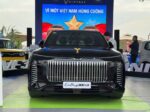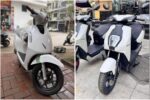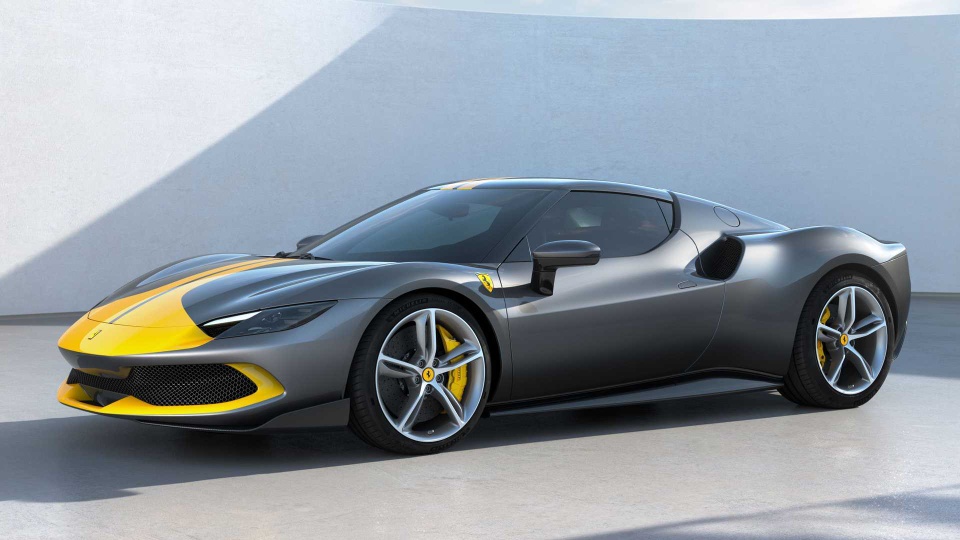
|
|
Ferrari aims to electrify the majority of its products. Photo: Ferrari. |
According to Motor1, reports have shown that Ferrari’s sales in 2023 increased by 3.3% compared to the previous year, reaching a total of 13,663 cars worldwide. Of these, approximately 56% of the cars sold by Ferrari are internal combustion engine vehicles, along with the remaining 44% being hybrid models.
In 2023, Ferrari’s product range includes a total of 4 plug-in hybrid models along with 6 models equipped with traditional combustion engines, as well as the 296 GT3 dedicated to high-speed racing.
Compared to 2022, the proportion of hybrid cars in Ferrari’s sales structure in the past year has doubled thanks to market demand for the 296 and SF90 models. According to Motor1, this trend is likely to continue this year, based on Ferrari’s plans for the Purosangue SUV.
Currently, Ferrari Purosangue is still being sold in the market with a naturally aspirated V12 engine. The increased production in the second half of 2023 has helped Purosangue become the driving force behind Ferrari’s sales growth as mentioned above.
However, Ferrari still plans to limit the annual sales volume of Thoroughbred to 20% of the company’s total sales.
| |
|
Ferrari Purosangue is the key driver of Ferrari’s sales growth in the second half of 2023. Photo: Top Gear. |
Last year, Ferrari ceased production of the F8 immediately after the delivery process of the Roma Spider began in Q4 2023. The Italian supercar manufacturer also confirmed the completion of production of the last Portofino M models.
This year, Ferrari will introduce 3 new models. Among these, it is likely to include 2 successor models to LaFerrari and 812 Superfast, along with an undisclosed mystery model.
According to Motor1, Ferrari’s next plan will be to introduce pure electric models, expected to be launched in Q4 2025. The pure electric supercars will be assembled in Ferrari’s newly built factory in Maranello.
Ferrari aims that by 2030, pure electric vehicles will account for approximately 40% of its total sales, alongside 40% for hybrid cars, and only 20% for internal combustion engine vehicles.
Currently, Ferrari’s order list extends until 2025. Therefore, customers who place a deposit at this time will only be able to start receiving the cars from 2026.
According to Motor1, the era of 12-cylinder engines is coming to an end as stringent emissions regulations have been passed in Europe. However, Ferrari’s leadership hopes that synthetic fuels will become a lifeline to help maintain the existence of internal combustion engines, at least in the high-end segment.
It is known that from 2026, Ferrari’s F1 cars will participate in racing using 100% sustainable fuels. This is part of the “Net Zero Carbon” strategy that the International Automobile Federation (FIA) aims to achieve by 2030.
Great Books to Read in Cars
The Cars section brings readers interesting books on various topics. During the journeys with cars, it is not uncommon for us to have moments of rest and relaxation, and books are the fascinating companions on those travels.
Revitalize Your Engine with Halotec Engine Oil – No Need for Overhauling
With no requirement for engine disassembly, Halotec maintenance oil can remove build-up and restore worn metal surfaces, providing a smooth and efficient operation for your vehicle. Customers will notice an immediate difference when driving their cars, as the product eliminates copper deposits and compensates for long-term friction damage.

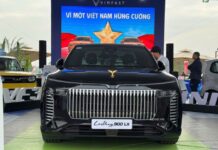

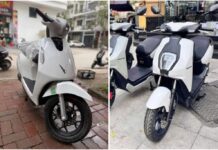





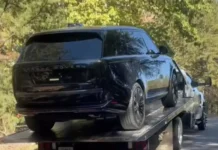















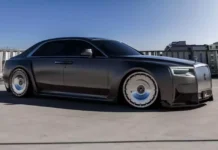




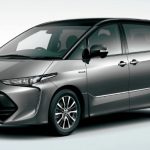
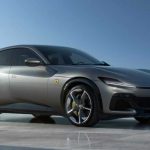
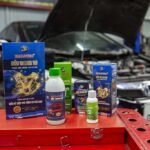
![[CAR REVIEW] Ferrari Purosangue: The 39 Billion Dong Supercar in SUV Disguise](https://vnauto.net/wp-content/uploads/2023/10/xehay-ferraripurosangue-21062023-1-150x150.jpg)
![[Quick Review] Hyundai IONIQ 5 – A Vehicle from the Future](https://vnauto.net/wp-content/uploads/2023/10/xehay-hyundaiioniq5-18052022-2-150x150.jpg)
